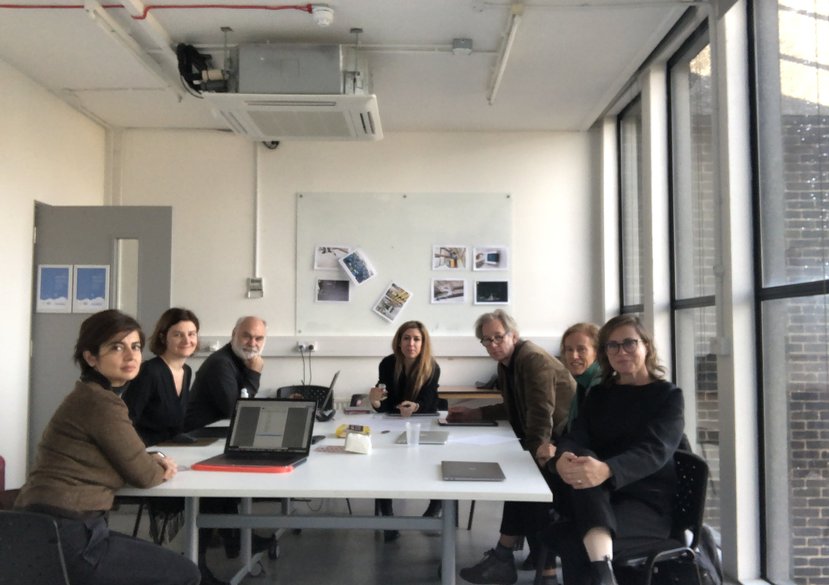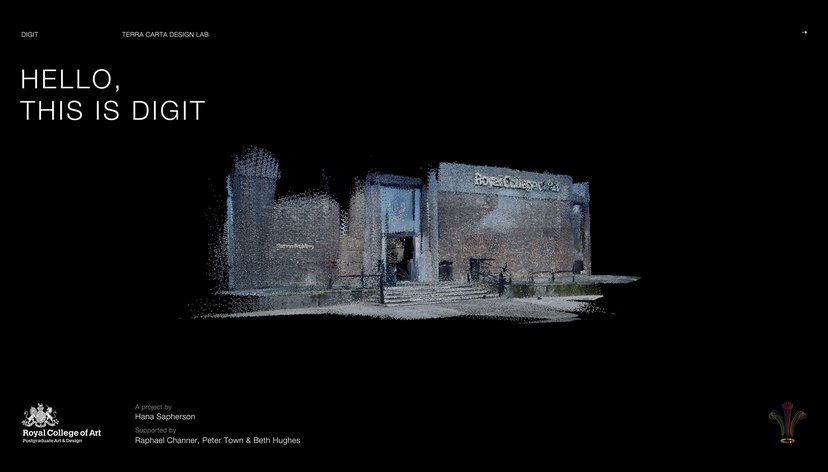
The multi-sector impact of an architecture qualification across Europe
In 2016, the Royal Institute of British Architects (RIBA) identified that only 66% of architecture graduates will become practicing architects; in the US this number is even fewer. This prompts us to consider, what is an architectural education good for, if not a career in architecture?
Gallery
More information
Our approach
In 2017, a research group was formed to interrogate whether this statistic was reflected across Europe, and a longitudinal enquiry was launched. Soon after, the enquiry was extended to US students and graduates through the ACSA network.
This paper considers what some of the early-stage results reveal about retention, progression and destination of architecture students. It will identify the push and pull factors facing graduates, the sectors to where architecture graduates are gravitating, the skills that are lacking in these sectors and how this deficit is impacting upon sector growth.
Outputs
Findings from the study will impact in several ways, including:
- enabling higher education institutions to focus upon teaching more trans-sector, industry-relevant skills, and in doing so increase the competitiveness of European Higher Education against other world-leading education institutions
- providing recommendations for European directives and professional qualification frameworks that will increase trans-regional mobility and knowledge exchange
- increase student confidence in the value and utility of their skills and qualifications, their preparedness for their professional lives and range of career options
- impact positively on employers by reconfiguring qualifications around skills rather than disciplines, improving task-relevant recruitment and retention and as a consequence, improving post-graduate employment prospects.
Lead

Dr Harriet Harris
Principal Investigator
Team
Ask a question
Get in touch to find out about School of Architecture research projects.
[email protected]













